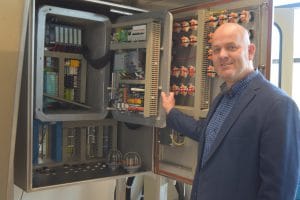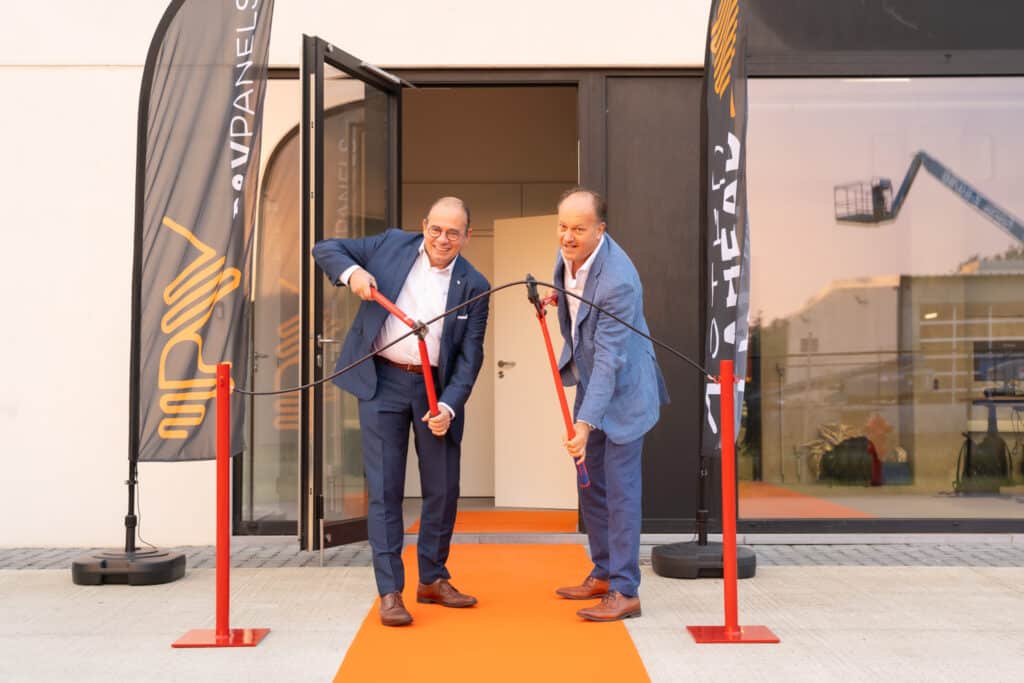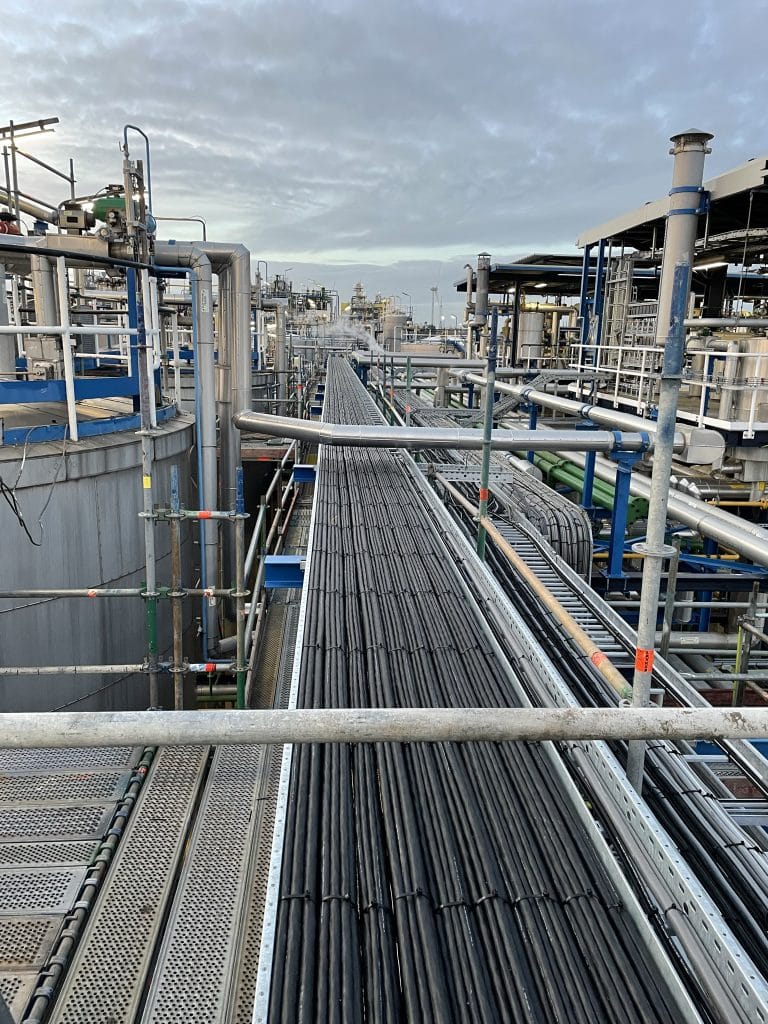 Our engineering manager John Meijer shares his knowledge. Every month he discusses a different topic in the field of electrical safety. This time his blog is about: DC leakage current, a silent killer? The NEN already wrote about this in February. As a member of the standards committee, I would like to pay extra attention to this subject.
Our engineering manager John Meijer shares his knowledge. Every month he discusses a different topic in the field of electrical safety. This time his blog is about: DC leakage current, a silent killer? The NEN already wrote about this in February. As a member of the standards committee, I would like to pay extra attention to this subject.
What are we up against?
We use more and more electricity, for example due to the rapidly growing number of charging stations for electric cars. But also electric bicycles, electric forklifts, inverters for solar panels and frequency converters cause a shift from alternating voltage (AC) to direct voltage (DC). However, few people are aware of what DC leakage current can do to a building. DC leakage current causes corrosion, which affects the reinforcement of concrete. This problem is more prevalent with DC than with AC leakage currents. The current direction of AC always changes naturally (frequency), while with DC the current only flows in one direction. Due to this change of direction with AC, you could say that the leakage current cancels itself. That is not the case with DC.
What problems do we face?
DC leakage current can quickly become a major problem, especially if proper care isn’t taken when designing and constructing a DC installation. The reinforcement of buildings, but also cables and pipes that are too close to PV fields (solar panels) are affected by the leakage currents. DC current is conducted through metal, therefore this metal slowly corrodes (rusts) and dissolves the reinforcement. Simply put: concrete rot occurs. The leakage current can therefore cause a potential time bomb!
Who could be involved?
Any owner of a building where DC adapters or DC chargers are in use can face the risks of DC leakage current. Due to the increase in the number of electric cars, scooters, bicycles and forklifts, the risks for buildings and parking garages are increasing enormously. For example, the charging stations that springs up: almost all car chargers have a DC leakage current.
The numbers
To give you an idea of what we are talking about: if you have a permanent leakage current (all leakage currents in your building added up) of 1000mA for a year, that will dissolve 9kg of steel in your building. 1000mA may sound like a lot, but imagine having a parking garage with several dozen electric car chargers all creating leakage current. It adds up. In the long run, the parking garage could even collapse, because the reinforcement dissolves. So this problem should not be underestimated!
Is an earth leakage circuit breaker the solution?
Many people think that the problem is solved by using an earth leakage circuit breaker, which switches off the installation when a leakage current exceeds 6mA. In practice, however, this turns out differently. A type B RCD measures the leakage of the current and switches off the installation if the leakage exceeds 6mA, after which an installer can detect and solve the problem. But what happens if the leakage current stays just below 6mA for a long time? The leakage current then becomes a silent killer that is only discovered when it is too late. With the large increase in DC products, the risks are increasing as well. It is therefore necessary to counteract the leakage current in a different way.
What is the best solution?
There are roughly two solutions. The first, also the most obvious, is to prevent leakage currents. The second solution is to have the electrical installation that produces leakage currents give countercurrents. The leakage current is then neutralized.
Leakage currents can only be prevented if products are developed that do not give any leakage current. There are no standards (yet) that prescribe this. This will also be tricky with all products imported from countries like China. The second option, to neutralize leakage currents, the installation design has to be adapted, it has to send countercurrents of exactly the same value. Both solutions are expensive, to stimulate them requires standards, both product and installation standards. It is now everyone’s problem, and therefore ultimately nobody’s. We have to put our shoulders to the wheel to solve this quickly.
For this reason, the NEN set up a DC platform (in which I am participating) at the beginning of this year: the NEC 64. The NEC 64 is responsible for a number of standards and NPR publications that relate in one way or another to the safety of electrical installations. The platform is mainly concerned with informing and advising companies and institutions. The NEC 64 is now mapping out the magnitude of the problem. In this way it can be determined which steps are needed to do something about this as an industry.
Do you have any questions until then? Please don’t hesitate to post it under this blog!

